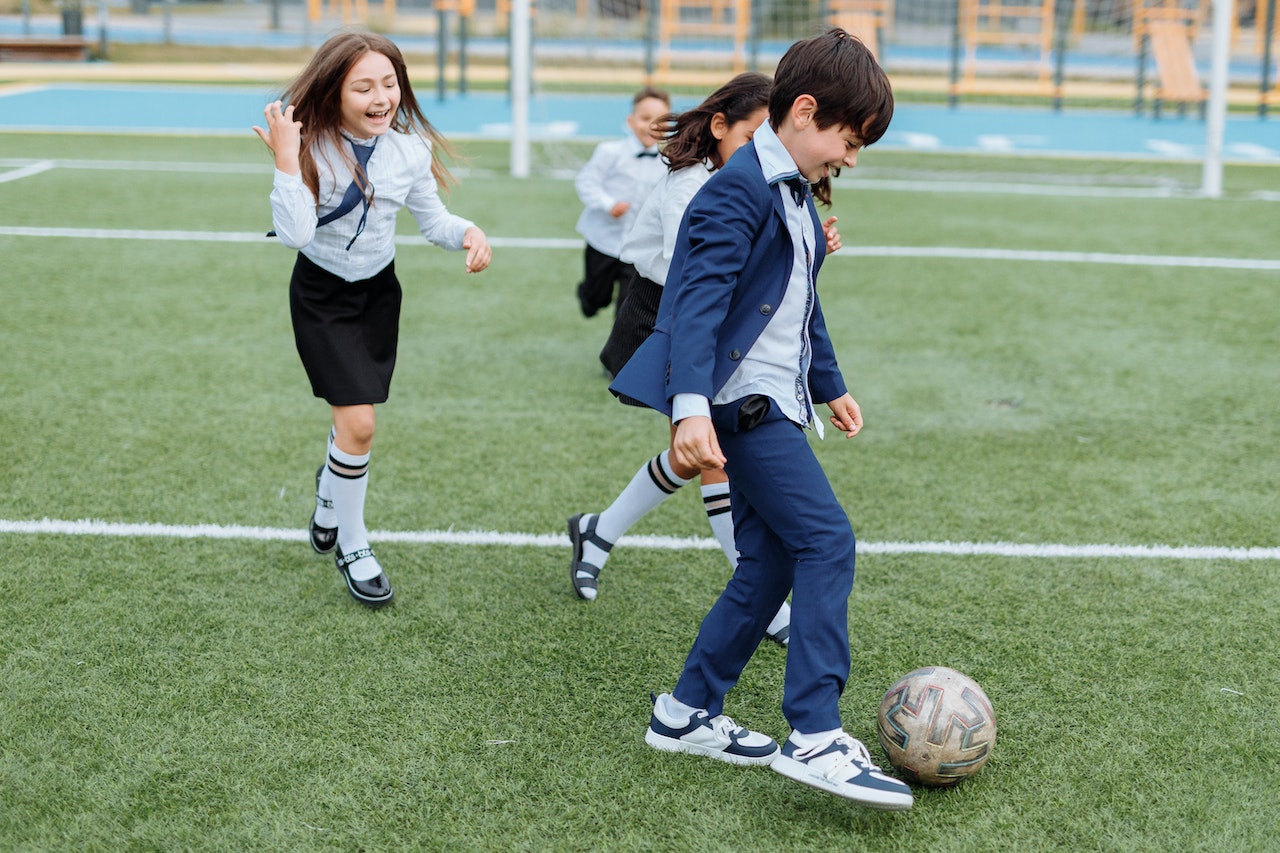Recreational facilities are essential for the development of children. They provide an opportunity for children to explore their physical, mental and emotional capabilities, helping them to learn and grow. By creating a safe, fun and engaging environment, recreational facilities can foster a sense of connection with the community and expand the opportunities available to children. Through the use of play, parents can see their children not only have fun, but develop valuable life skills as well. From exercise and exploring their environment to working together and problem solving, recreational facilities can provide an invaluable experience for children. This article will explore the importance of recreational facility involvement for children, the types of facilities available, and the impact they can have on a child’s overall development.
Recreational Facilities for Children: A Necessity for Healthy Development
Recreational facilities for children provide physical and mental health benefits, as well as essential life skills such as teamwork, communication, problem-solving and creativity. Recreational activities also allow children to interact with their peers, build relationships and make memories. These facilities can range from playgrounds and sports fields, to water parks and learning centers. No matter which type of recreational facility is chosen, it is essential to ensure that it is safe and well-maintained, with appropriate training and supervision. Offering a variety of activities is also important in order to cater to different interests and abilities. With the right space and activities, children can enjoy and benefit from recreational facilities for many years to come.
Recreational Facilities for Children: Making Memories and Promoting Well-Being
Recreational facilities for children can provide an important environment for children to make memories, build social relationships and develop new skills. Recreational activities should also help to promote physical and mental wellbeing, stimulating creativity and problem solving. Such facilities can be as simple as a playground with various kinds of play equipment, or as complex as a recreational center offering sports, games, and other activities.
Recreational facilities for children should have a variety of options that can encourage different kinds of play and activities. Playgrounds should have places for children to climb, run, slide, and explore. They can also include items such as swings, seesaws, and other fun play equipment. Recreational centers can have sports or physical activities such as basketball, soccer, swimming, and other games and activities. In addition, centers can offer space for children to learn, create, and explore, such as arts and crafts, music, and reading.
When designing recreational facilities for children, safety and access should be top priorities. All play equipment should be age-appropriate and in good condition. Spaces should be set up in a way that allows children of different ages and abilities to safely use the space.
Exploring Recreational Facilities for Children
Questions and Answers:
Q: What types of recreational facilities are available for children?
A: Recreational facilities for children can vary widely depending on the location and availability. Some of the most popular options include community centers, playgrounds, parks, swimming pools, library events, sports complexes, amusement parks, and other entertainment centers.
Q: Are there age restrictions for recreational facilities?
A: Yes, most recreational facilities will have age restrictions in place. These are usually based on the type of activity or facility, and can range from toddlers to young adults.
Q: Are recreational facilities designed to be safe?
A: Yes, most recreational facilities are designed with safety in mind. Equipment is often inspected and maintained to ensure accidents are avoided. Additionally, staff are often present at sites to monitor safety and enforce guidelines.
Q: Are there fees for using recreational facilities?
A: Fees can vary depending on the facility, but generally most recreational facilities will require a small fee for access. This fee usually covers maintenance and other costs associated with the facility.
The Joy and Excitement of Recreational Facilities for Children
Recreational facilities for children can bring a great sense of joy and excitement to their lives. They offer a safe and fun way for kids to explore their interests, stay active, and make friends while learning new skills. With access to a wide range of activities and amenities, recreational facilities are a great way to give children an opportunity to learn, play, and grow in a positive environment. From sports leagues to after-school programs, there’s something for every child to enjoy and discover. With access to these facilities, children can take part in activities that help develop their social, physical, and creative skills, while having lots of fun in the process.
Conclusion: Recreational facilities can provide children with opportunities to participate in physical activity, socialize with peers, and develop important skills. From playgrounds to soccer fields, these facilities offer a safe and enjoyable environment for kids of all ages to play and have fun. Additionally, recreational facilities can allow children to explore their physical, mental, and emotional capacities, furthering their overall development. By providing access to recreational facilities, children are able to engage in activities that are beneficial to their development and well-being.
